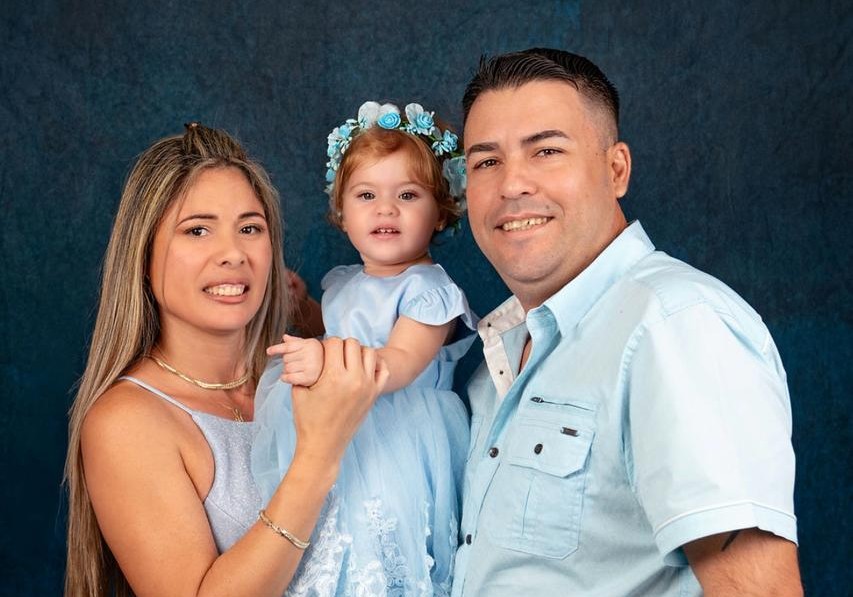Heidy Sánchez’s name has been appearing for a little over a week in international press releases, from NBC to The Guardian, CNN and El País. The Cuban woman, along with her husband and her baby daughter, just over a year old, is at the center of one of the cruelest episodes left by the relentless anti-immigrant policy of the Donald Trump administration.
Heidy was deported to Cuba on April 24 after six years living in the United States, despite being married to a U.S. citizen and having given birth in that nation.
Her story has been a long obstacle course that now faces the highest barrier, one whose path remains unknown.
The beginning
“I arrived in the United States in 2019 by crossing borders,” says Heidy, who also asserts that her decision to emigrate from Cuba was based on having a family. “Here [in Cuba] it was impossible; I had already tried all the long-term treatments, and none of them worked.”
Her entry into the United States wasn’t a bed of roses either. After traveling alone, like thousands of Cubans, the long and dangerous journey from Nicaragua, Heidy entered the Migrant Protection Protocols program implemented by Trump during his first term, which required asylum seekers to wait in Mexico while their cases were processed in the United States.
“I had to enter the United States and return to Mexico. I went to the first court, and I couldn’t attend the second court due to very personal issues. A few days later, I returned, spoke to the officer at the bridge, and explained what had happened, and he told me he’d let me through at the judge’s discretion.
“They didn’t take me before the judge; they simply told me I already had a deportation order and that they were going to take me to a detention center. I spent nine months in detention, with no case being filed. Supposedly, they were going to deport me. I was in Laredo, Louisiana, Miami, Louisiana again, Laredo again, and Taylor, which is where they released me under supervision as an I-220B.
“Since I was in the detention centers, my family hired a lawyer to try to reopen the case. We never gave up, we always tried to do something. I had five lawyers. My husband said, ‘Let’s do things right, let’s get married legally, file the petition,’ hoping and trusting that at some point they would give me the opportunity to legalize my status, but that wasn’t the case.”
This was the path that kept Heidy not only in an irregular status, but completely defenseless from a legal standpoint.
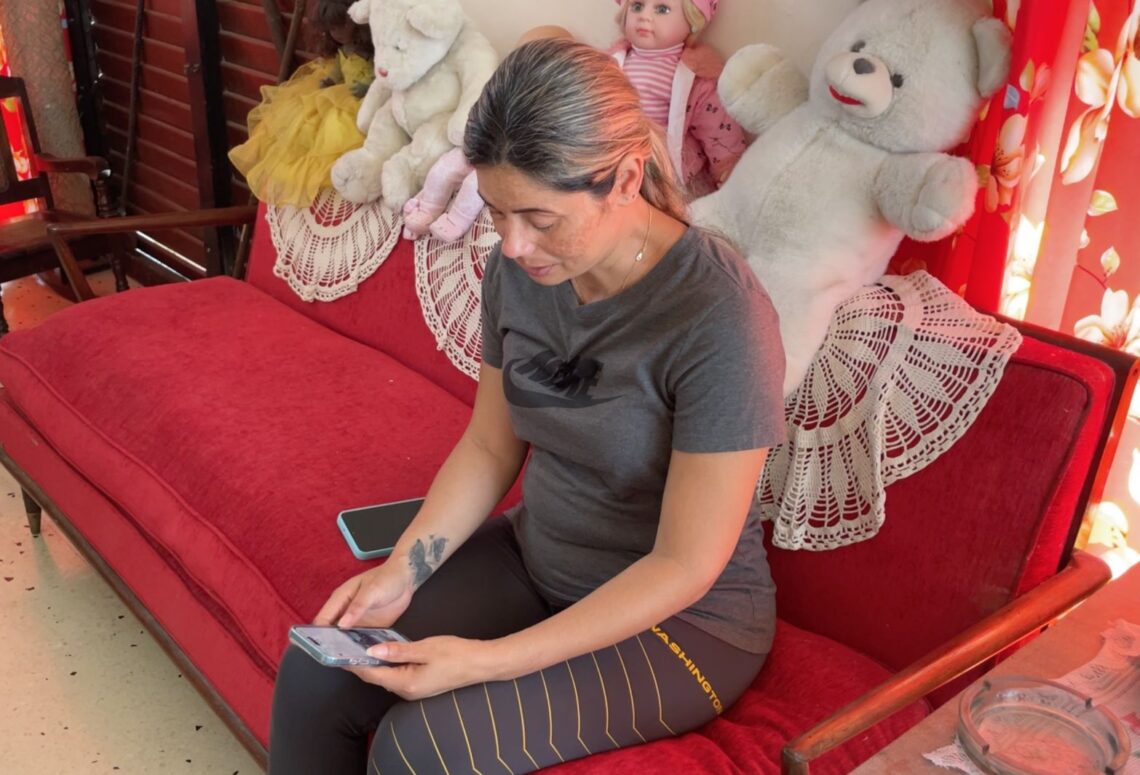
Despite this, the Cuban woman embarked on a completely normal life. She studied and trained as a nursing assistant, a profession she practiced until the very end (she was a caregiver for an elderly person who is blind and deaf). She met her current husband, with whom she has been in a relationship for four years, and achieved her dream of starting a family.
“My life in the United States was very peaceful, from home to work and from work to home. I never had a single ticket. The goal was to have a family, which took a lot of work, but that was our goal, our dream, to have our little house, our baby, and that’s what happened,” she tells us.
Her baby girl is the result of in vitro insemination, the only procedure that was valid for Heidy, who says she spent more than 20 years in treatment before emigrating.
“I brought all my diagnoses from here, and the doctor said, ‘We’re not going to waste any time.’ We lost the first embryo; after they implanted it, it didn’t take. We spent about six months waiting to insert the other embryo, and it was the one that took. That baby girl is my miracle,” Heidy says through tears, which have been constant since she attended that immigration appointment on that fateful Tuesday, April 22. Two days later, she arrived deported to Havana.
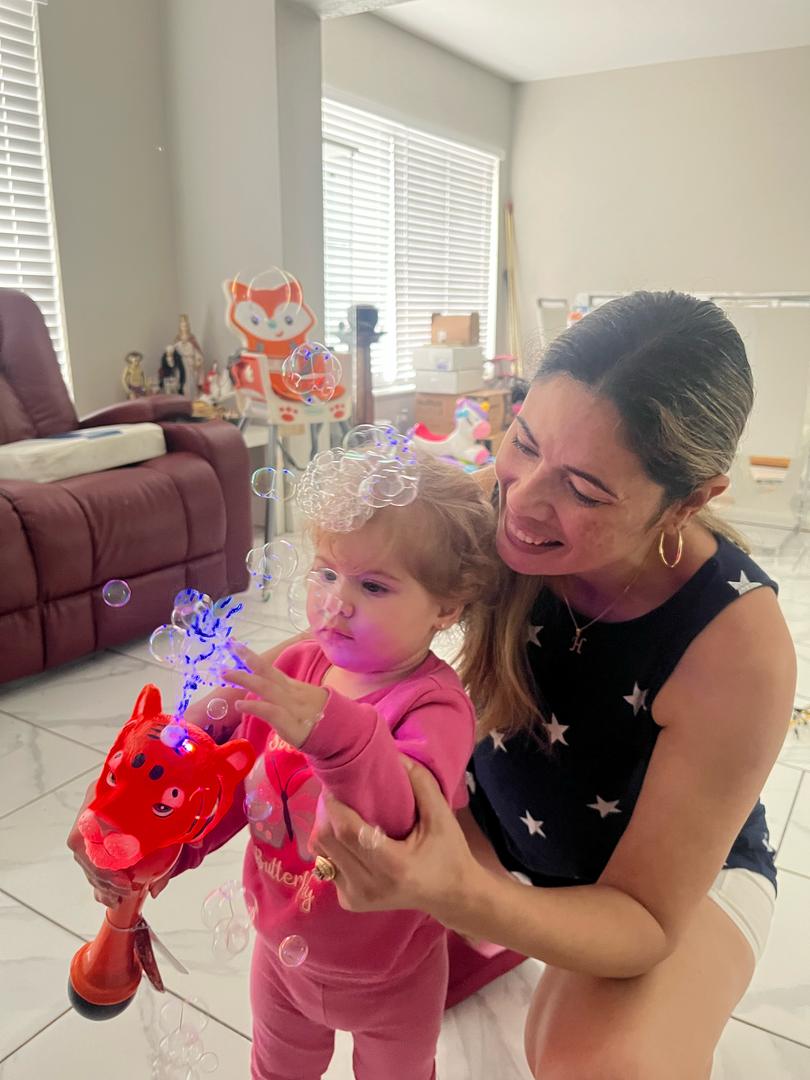
The nightmare
“When they released me in the United States, they left me under supervision. Every so often, every six months, a year, I had to go to ICE (Immigration and Customs Enforcement) appointments. They would simply sign the form again and give me a date for another year, for example.
“Suddenly, they scheduled an appointment for me in November, then in March, and suddenly in April again, and that caught my attention because it was so early. I told my lawyer, and she quickly got on the ball.
“They called me on Monday afternoon, I was working, and they told me that the officer assisting me decided to change my appointment from a week earlier — that was, on a Monday— to Tuesday. I told them I needed to get ready at work, find someone to cover for me because right now I can’t say I’m going to be absent tomorrow because that person would be neglected. And I also have a baby girl and I need to get organized. They said no, that the officer wanted me to show up.
“They locked me in that office with my lawyer. She explained everything about the baby, the entire process I’d gone through, all my documents in order. But the officer said that was no longer valid, that the decision had already been made.
“That’s when they told me to call the baby’s father, for him to pick her up, that I’d be taken into ICE custody,” she relived her nightmare for OnCuba.
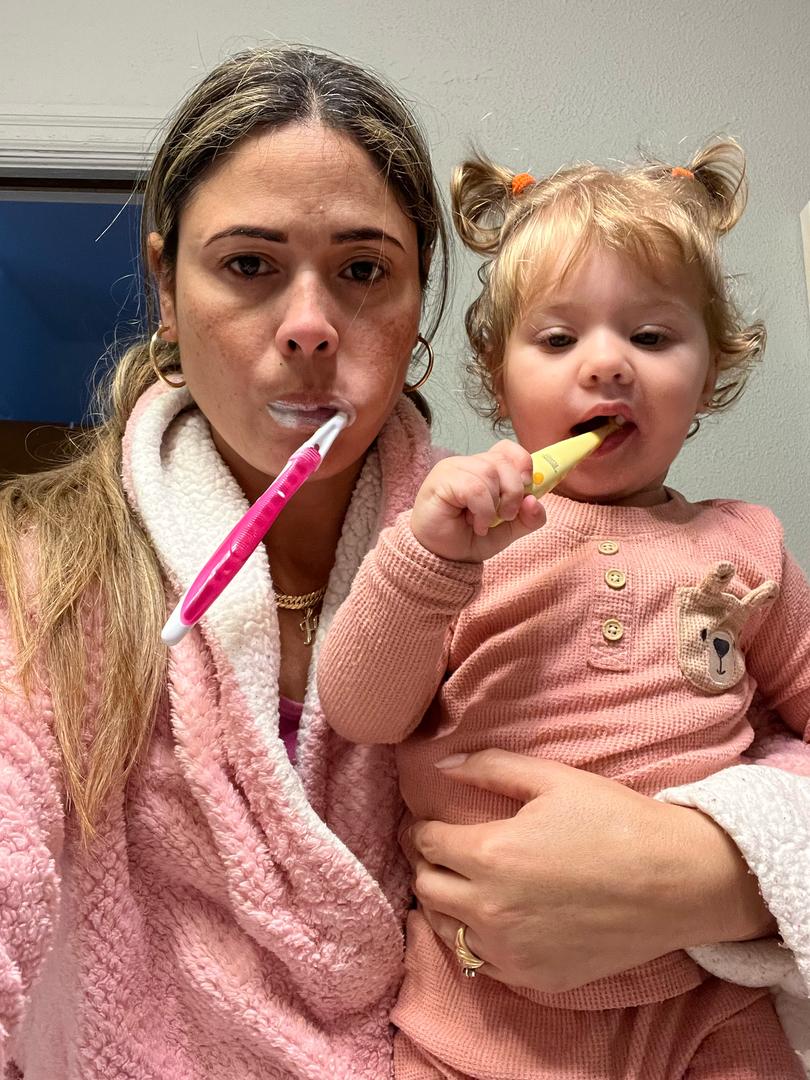
“They never asked me if I could take the baby with me. On the contrary, I screamed at them, crying, and begged them, ‘Please don’t take my baby away from me. That’s all I have. I worked so hard to have my baby girl. Don’t take my baby away from me.’ They didn’t give me that option; they never asked me,” she responds to one of the most important points in this case, which differs from other deportations the Trump administration has carried out in recent weeks, in which the young children of immigrants have been deported along with their parents despite being U.S. citizens by birthright.
“When they took my baby away, they quickly put me in handcuffs and took me to a cell. That was early in the morning. At around 3 p.m., they took us on a bus to the Pinellas jail. We spent the night there.
“The next day, they transferred us back to the ICE offices in Tampa, until 4 p.m., when a bus came to take us to Miami. We arrived around 10:00 p.m. We waited at the Krome Processing Center until dawn, on the bus, handcuffed. They took us to BTC (Broward Transitional Center) at around 3:00 a.m. There, they gave us the gray jumpsuit and made us change quickly, and then we went to the airport,” she recounts about the experience she and 81 other Cubans who were deported on that same flight, handcuffed at the hands, ankles, and waist during the process.
“Everyone with their own story,” says Heidy, although hers is undoubtedly one of the most heartbreaking.
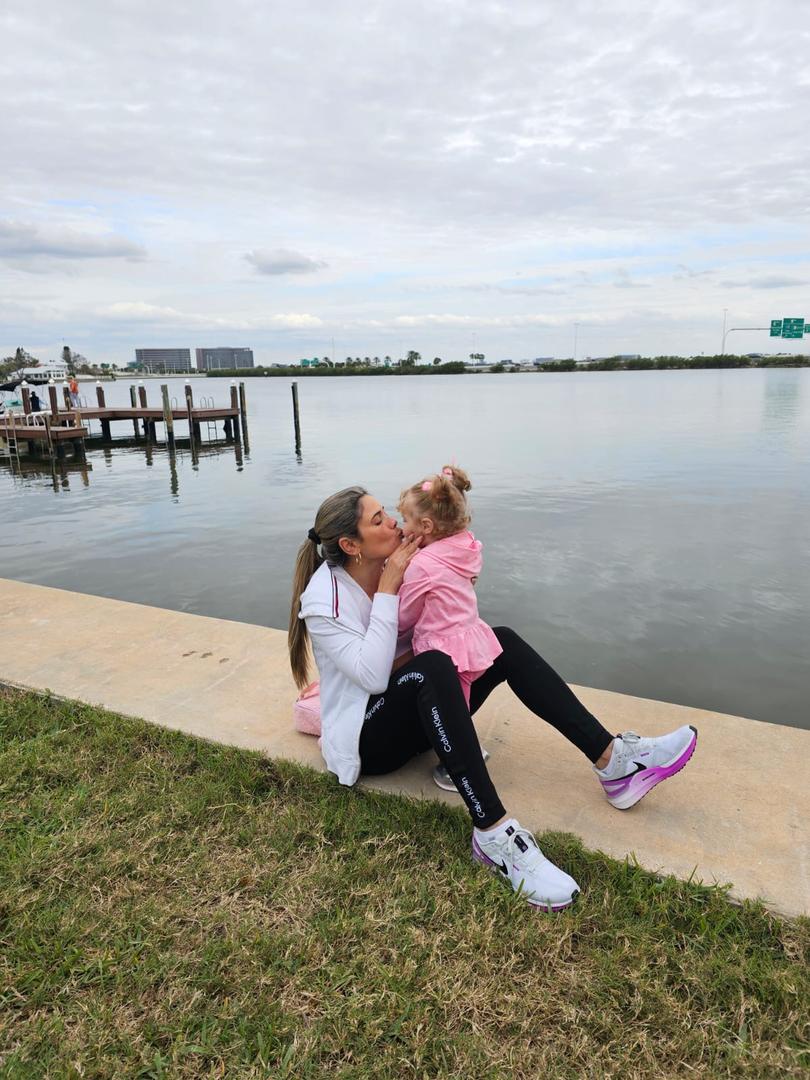
“The plane left around 10:00 or 10:15 a.m., more or less,” she details, concluding her account of her 48 hours she had lived, which upended her life and that of her family, where her baby girl is truly the most affected.
“The moment that plane took off, I said, ‘And now when am I going to see my daughter again?’ As the plane was moving away, I was losing my hope. It’s very difficult. We went through so much to have that baby, and to have her taken from me like that. Seeing how she is now suffering is very hard. I can cry, I can scream, but she doesn’t know how to express what she’s feeling,” she says desperately.
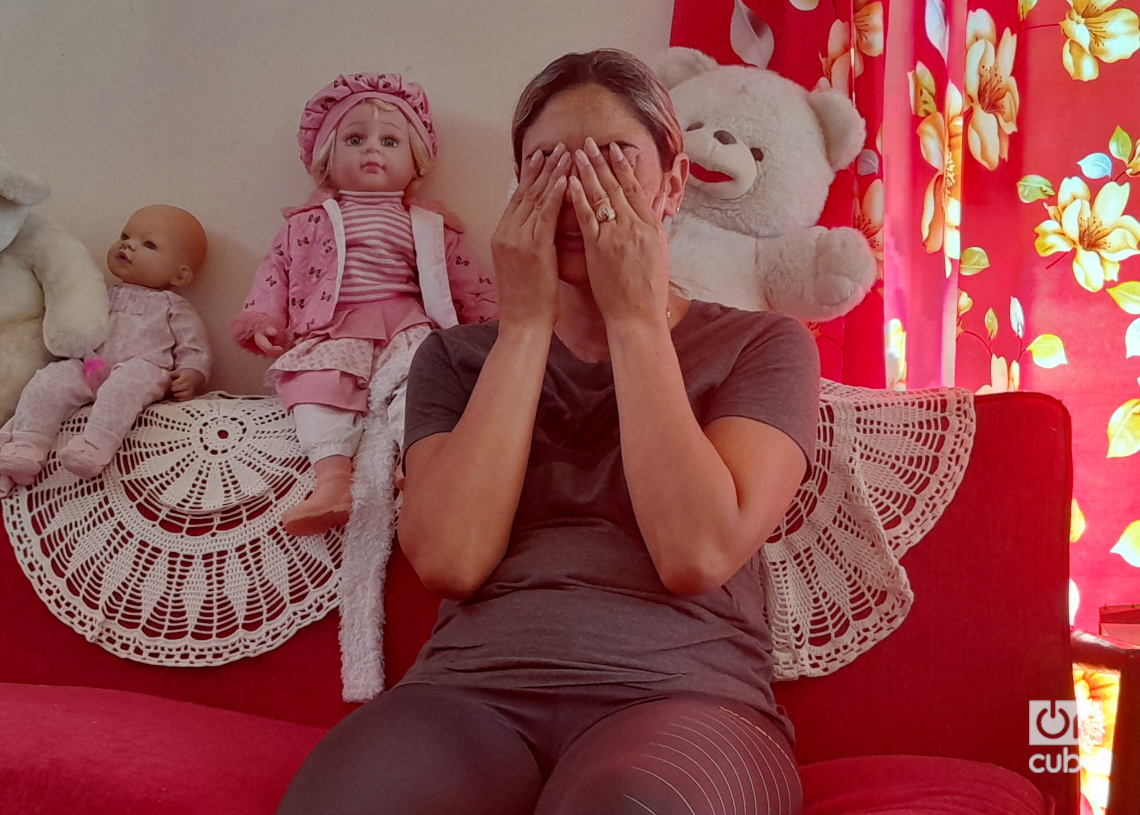
The endless days afterward
Heidy is currently staying with her mother and stepfather in the latter’s home in Havana. Like many other Cubans, she sold her property to emigrate and makes it clear that “we’re on loan here,” referring to the property, which also has obvious construction problems.
She arrived in Cuba with what she was wearing when she attended the ICE appointment, and the money she had at the time was given to her in a check that she has no way to cash on the island.
Her baby girl is at home in the United States, being cared for by her father and paternal grandmother.
“Right now, the baby is very restless, she won’t stop crying, and she won’t eat her meals. It’s horrible at bedtime because she calls me, she screams at me. I have to walk two blocks to be able to get a connection and sing to her to calm her down. She doesn’t know, she doesn’t understand why her mom isn’t here. The only thing she says to me when we talk is ‘Mom, come,’” says Heidy, who, among other pains, experiences having to pump and discard the milk from her breasts, from which her baby was still feeding.
“I’m suffering, but the baby is suffering more than I am, and they’re not considering the consequences it will cause her. That’s what worries my husband and me most right now, the baby’s health.”
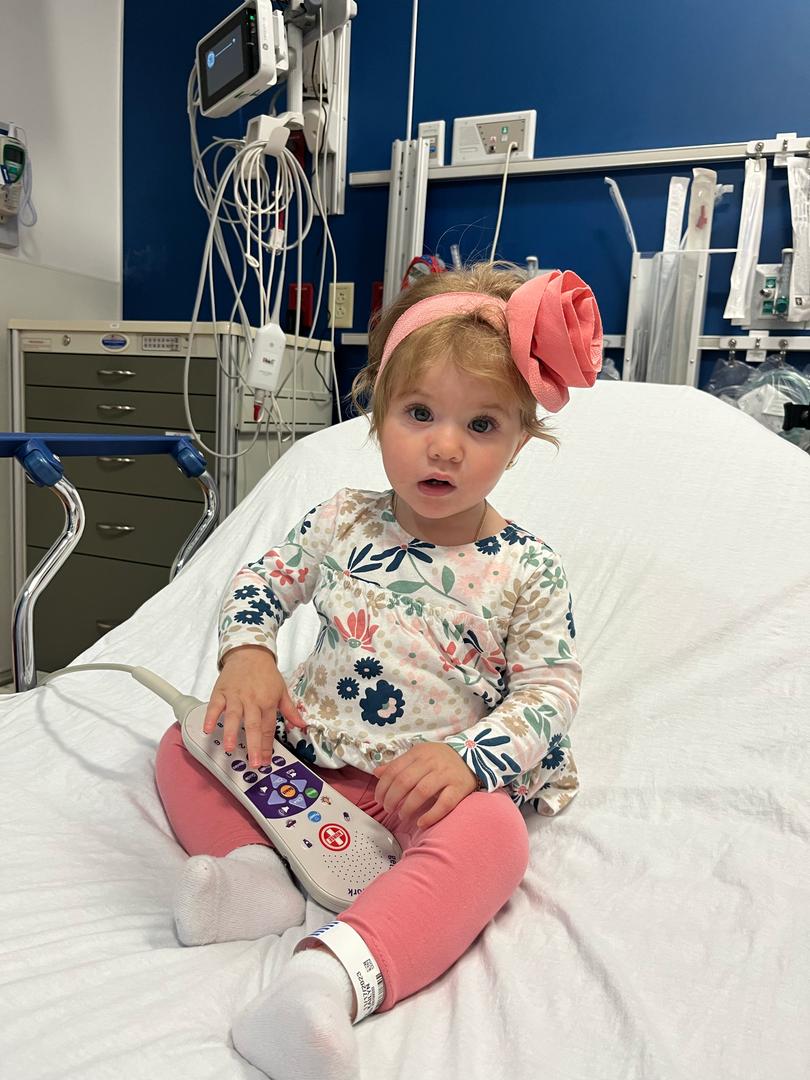
Three months ago, her daughter had a severe seizure that is currently under medical investigation and undiagnosed.
“The baby has been having epileptic seizures lately. She’s being treated by a neurologist. We’re waiting for results; she just had a scan and an EKG. They’re doing things to see if it’s affecting her brain, if it could cause any disorder,” she explains, concerned about the consequences this situation could have on the baby’s current instability.
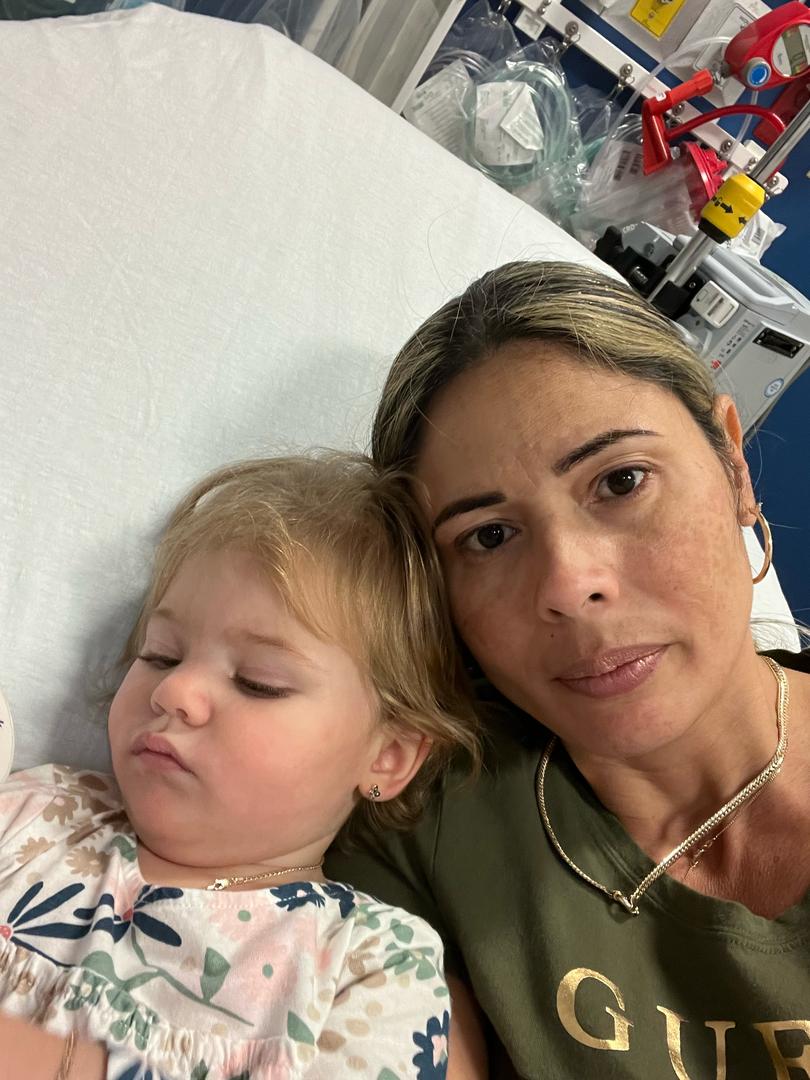
“We don’t want anything to do with politics”
More than ten days after her deportation, and despite the visibility her case has achieved and all the efforts her husband and lawyer are making in the United States, there has been no statement from the U.S. government so far.
Nor does Heidy maintain any ties to the island’s authorities in Cuba, beyond the care she received upon arrival.
“I wasn’t feeling well when I entered; my breasts were leaking milk, and they immediately supported me with a psychologist who encouraged me and gave me strength, but that’s it. We don’t want anything to do with politics, we’re not interested; the only thing that matters to us is reuniting the family,” she makes clear.
“We’re collecting signatures for our support so that they can reach wherever they have to and soften the heart of the right person. I don’t know who it might be, but I’m imploring that person to please help us with a humanitarian visa. Not because of me, or my husband, but because of the baby, who needs it most.
“I may be able to endure it, but the baby can’t. It’s not her fault. She didn’t come into this world to suffer like this, and for her I’m capable of anything,” she assures.
“Do you have faith?” I manage to ask her.
“Yes, I have a lot of faith in God.”

